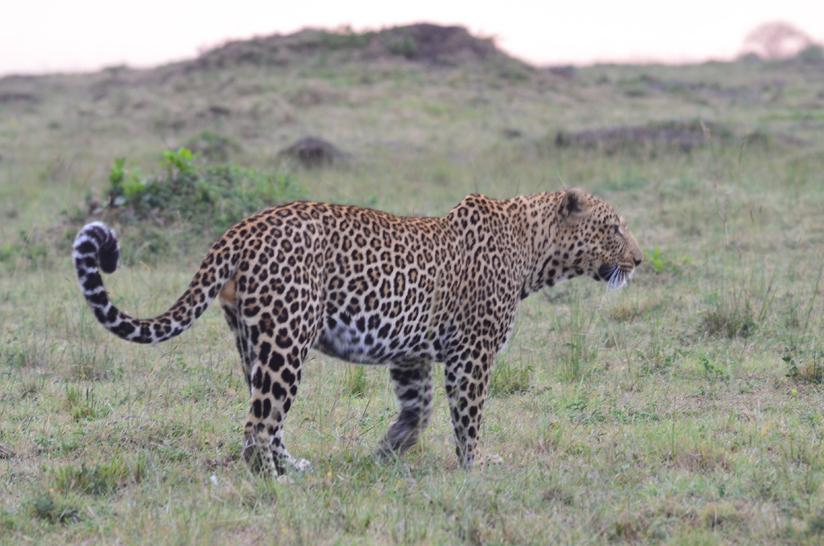
There’s a moment, just before dusk falls over the golden plains of Kenya’s Mara North Conservancy, when the air seems to still, and every sense sharpens. It’s as if the land itself holds its breath. That’s when I know—Chui is near. The Swahili name for the leopard rolls off the tongue like a secret. It means stealth, elegance, and the thrill of a sighting that even the most seasoned guides can’t quite predict.
The leopard (Panthera pardus), after all, is a master of vanishing. Unlike the loud, swaggering lions or the bustling hyenas, the leopard glides through the shadows, a ghost in dappled gold. Its coat, an exquisite tapestry of rosettes on a background that shifts from pale cream in dry country to deep orange or russet in wetter regions, is camouflage perfected by evolution. In the Mara, they tend toward a warm tawny, melting into the tall grasses and acacia groves.
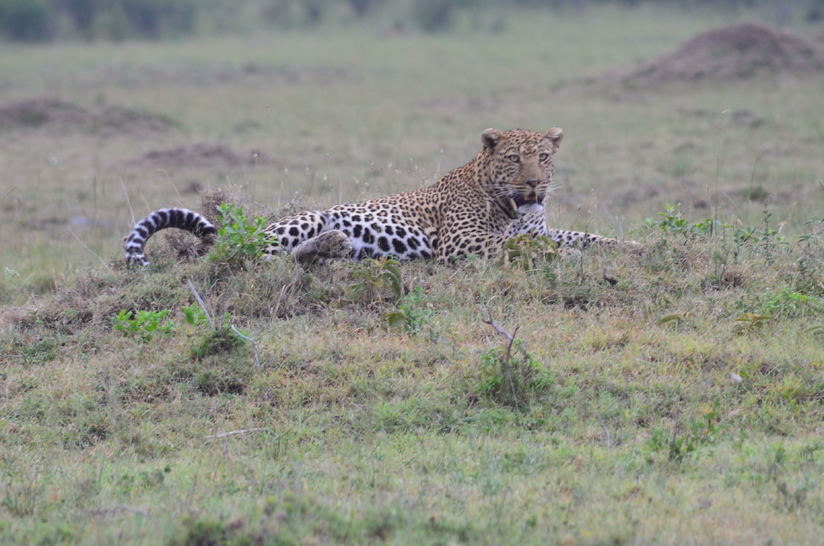
I remember the first time I spotted one in Mara North—a young male, barely past his mother’s care, draped lazily across a fig tree’s branch. His thick, muscled frame—some 60 kilograms of pure feline power—was deceptive. He looked relaxed, but his amber eyes flickered, every sense attuned to the soft rustle of antelope in the undergrowth. And when he moved, it was with that signature leopard grace—each step measured, each muscle fluid, as if he were liquid gold poured onto the earth.
Leopards in East Africa, including Mara North, are the ultimate opportunists. While they are fully capable of taking down large antelopes like impalas or even wildebeest calves, they often prefer smaller, more manageable prey: rodents, birds, and even arthropods like beetles. I’ve seen one stalk a hyrax colony for hours, then switch tactics entirely to snatch an unsuspecting guineafowl. One particularly bold male in the Conservancy is infamous for raiding local Maasai homesteads for chickens and goats—earning him both fear and grudging admiration.
But leopards are also lovers, albeit briefly. Pairings are fleeting, a few days at most, during which the female’s rasping calls echo through the dusk—like a saw rasping over wood, repeated over and over until the night itself seems to pulse with her desire. After a gestation of around 100 days, she gives birth in secret—deep within a thicket or hidden cave, where her cubs remain unseen for the first six weeks of life. By the time they open their eyes at a week old, the world outside is already dangerous: lions, hyenas, and even other leopards may prey on them. Yet the mother guards her young fiercely, teaching them the art of the ambush and the fine balance of courage and caution that defines their species.

Leopards are solitary by nature, covering home ranges of 9 to 63 square kilometers—females weaving through the territories of several males, each leaving their signature on tree trunks, paths, and rocks with claw marks, urine sprays, and that unforgettable rasping call. They are nomads, sometimes covering up to 25 kilometers in a single night, patrolling their domains with the quiet confidence of a creature that knows it is at the top of its game. And while they are sometimes forced to retreat from the larger lions or marauding hyenas, they never lose that indomitable spirit—a cat that knows how to vanish, fight, and thrive.
Yet the leopard’s story is not without danger. They are still persecuted—poisoned in retaliation for livestock losses, or poached for their stunning pelts that fetch high prices on the black market. Though they are listed under CITES Appendix I, which prohibits trade, the demand remains high, and leopards continue to pay the price. Once, Zanzibar boasted a unique population of leopards with tiny, densely packed rosettes—Panthera pardus adersi. But in 2000, the last of them was declared extinct, a victim of bounty hunting and fear. It’s a sobering reminder that even the most elusive of cats is not immune to the reach of human greed and fear.
Here in Mara North, though, there’s hope. The Conservancy’s collaborative model with local communities helps protect leopards and their prey, creating a space where these magnificent cats can still slip through the golden grass and thrive. Every sighting feels like a gift, a fleeting glimpse into the secret life of the Mara’s most enigmatic predator. And as I lead my guests back to camp, leaving the shadows behind, I know that Chui is still out there—watching, waiting, and ready to vanish into the night.
Our passion for nature and travel is reflected in our understanding of the need to experience the natural environment in a sustainable and unique way.
Our commitment to you is “The Perfect Balance between Nature & Discovery, Adventure & Luxury”.
Book your Safari Sense experience here

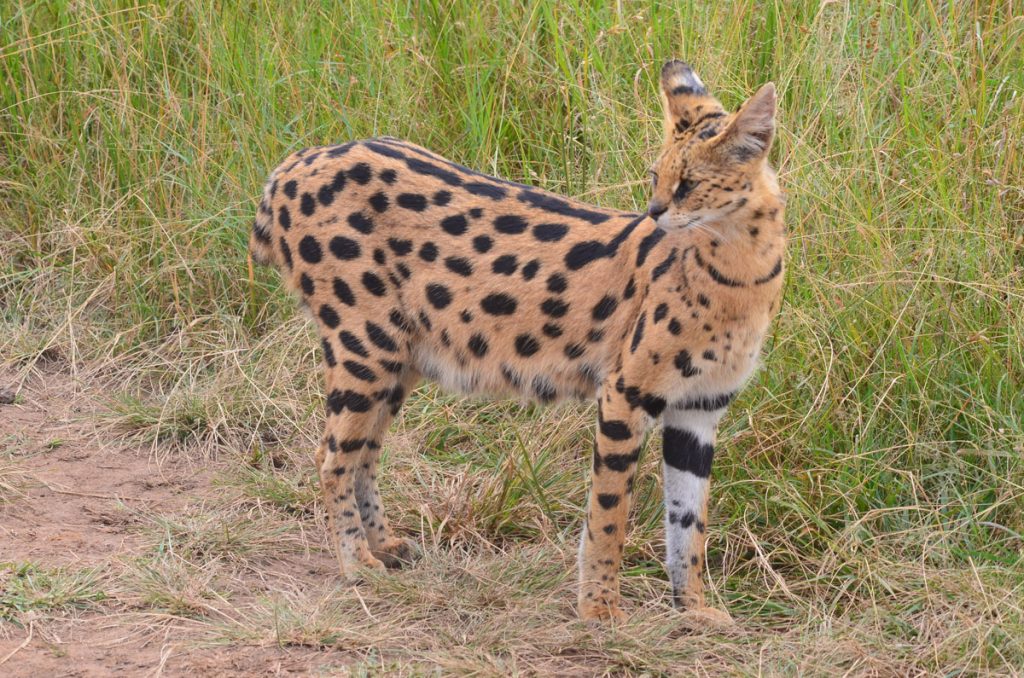
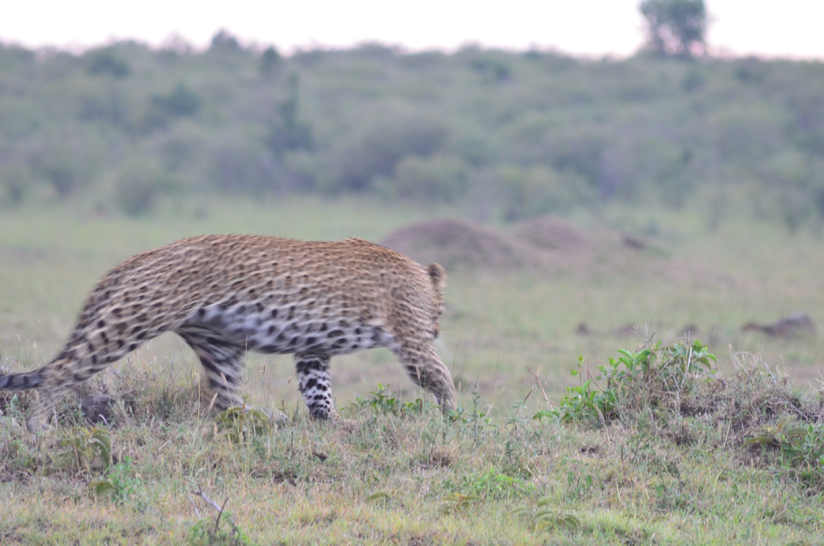
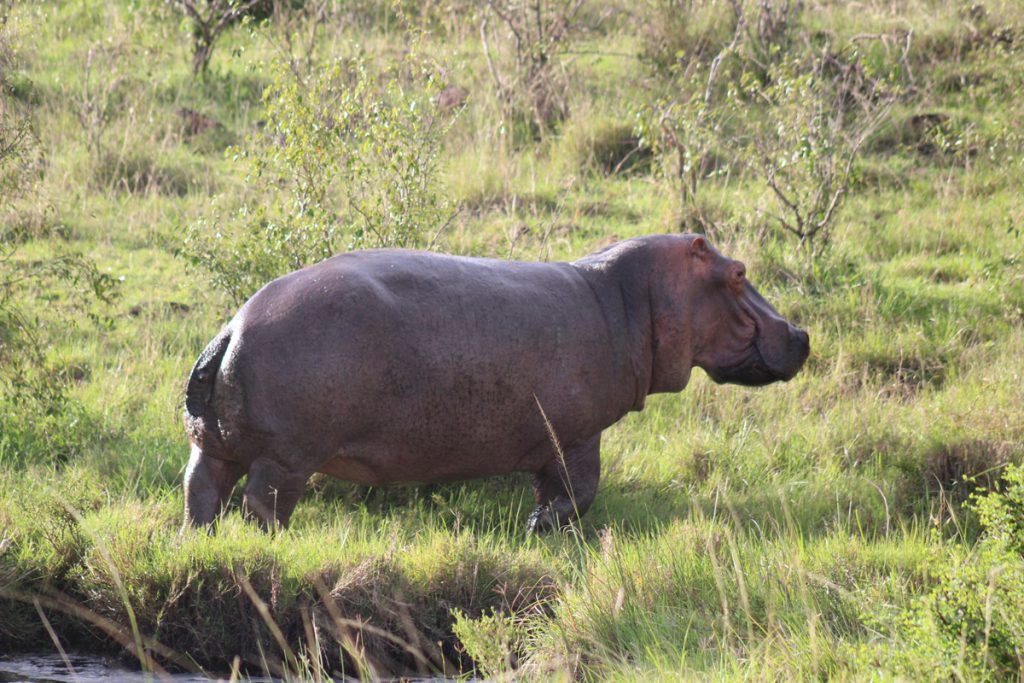







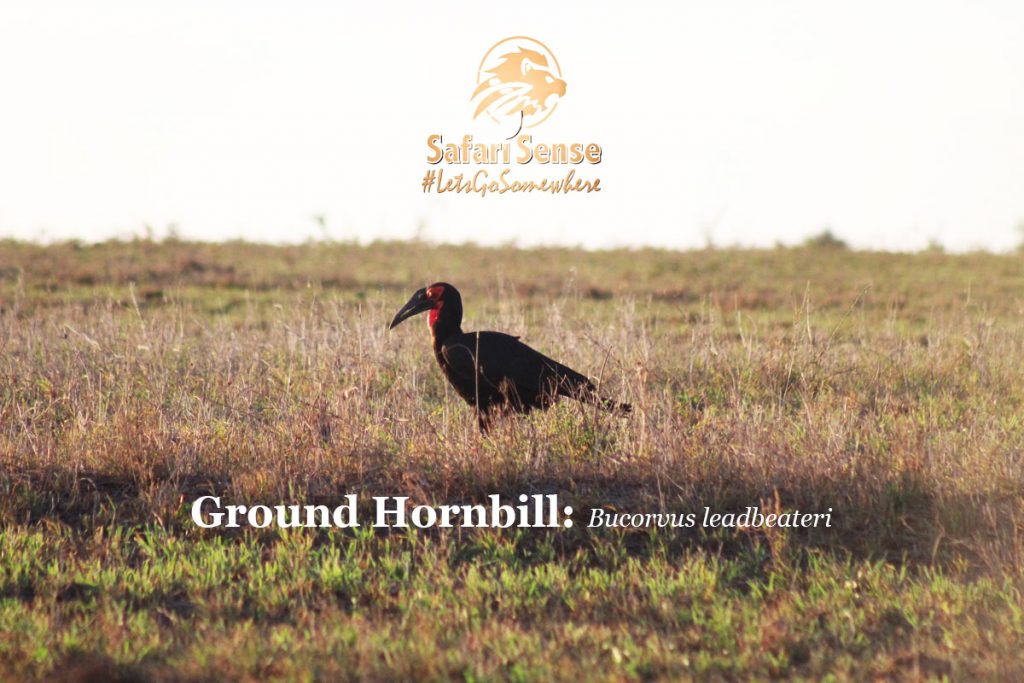












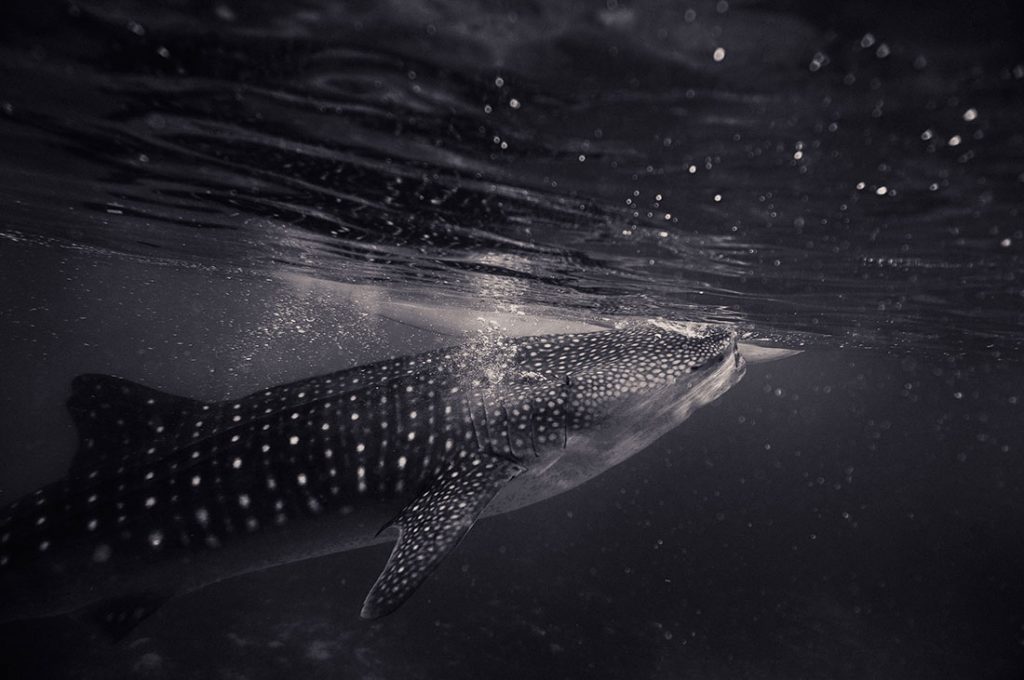
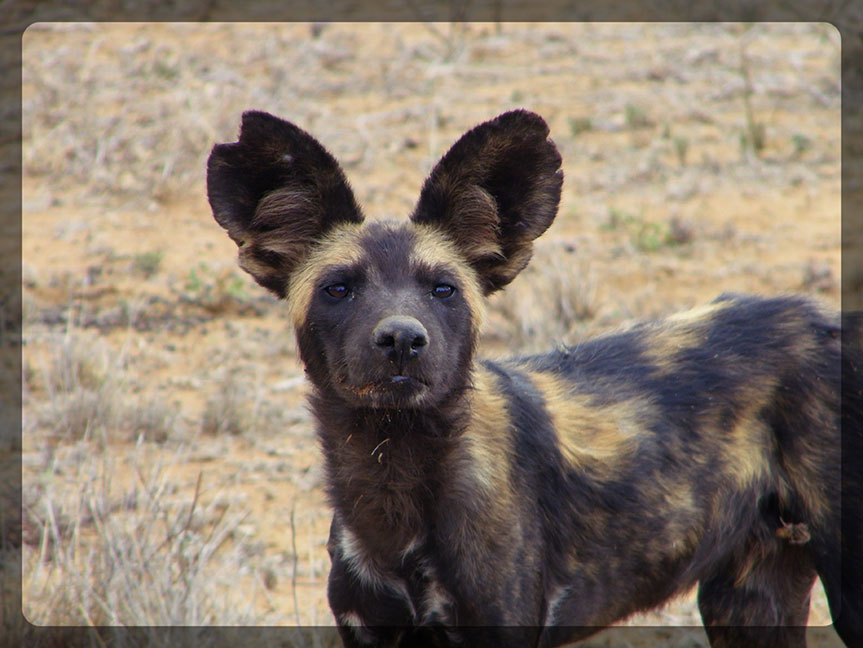
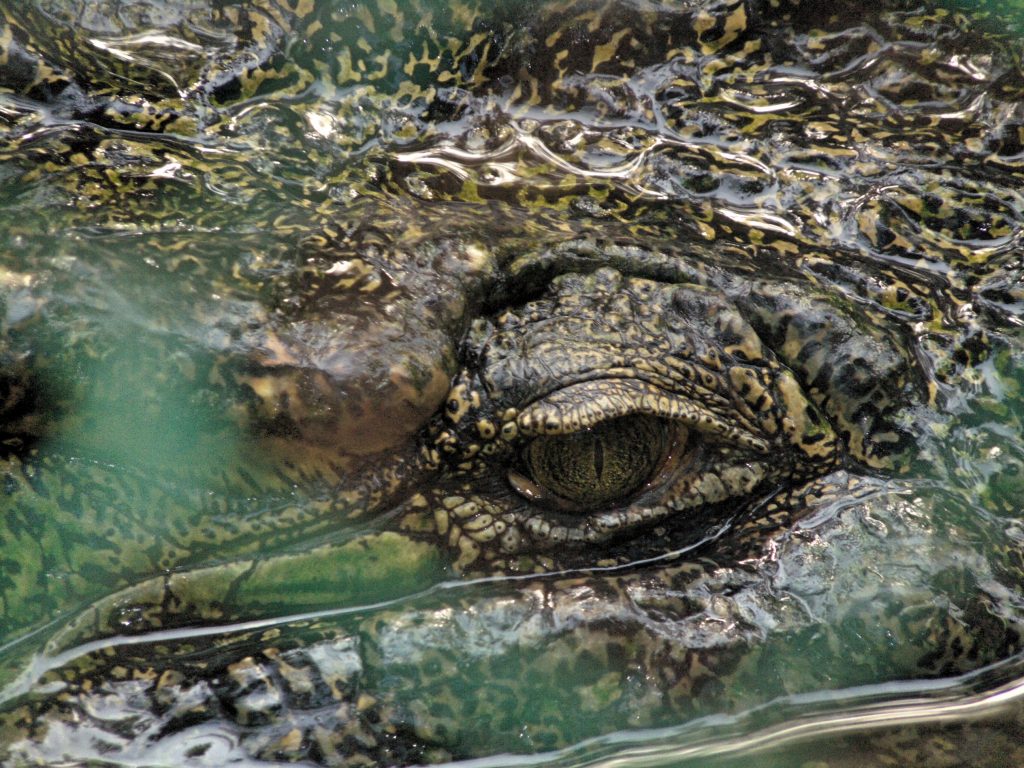



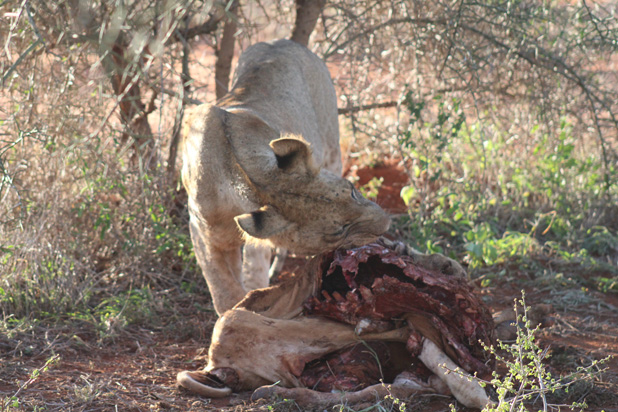
Does your site have a contact page? I’m having a tough time locating it but, I’d like to send you an e-mail. I’ve got some recommendations for your blog you might be interested in hearing. Either way, great blog and I look forward to seeing it expand over time.